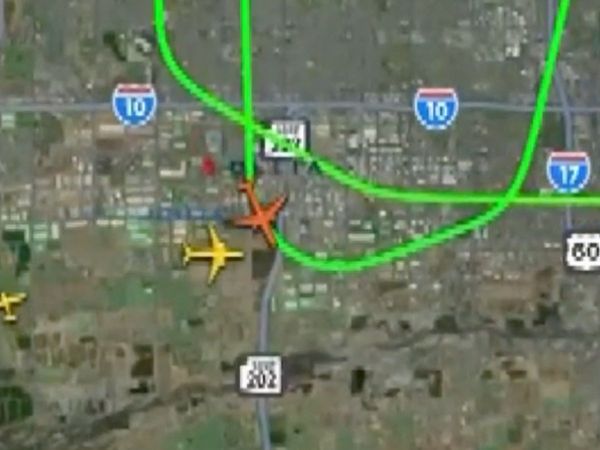ORLANDO, Fla. — Two Atlantic disturbances appear to be in a race to possibly become the first named storm of the 2021 hurricane season: Ana.
In its 8 p.m. EDT Friday update, the National Hurricane Center was monitoring two systems with odds of development: a non-tropical low pressure area in the mid Atlantic moving west, and a disturbance in the Gulf of Mexico heading toward Texas.
The first area of low pressure is about 250 miles northeast of Bermuda producing storm force winds and thunderstorms, forecasters said. The storm diminished a bit Friday afternoon, but still has gale-force winds. It has not yet taken on subtropical characteristics and remains unnamed.
As it continues southwest, the low is expected to pass over warm water aiding its potential development into a subtropical storm, which is likely in the next day or so. Odds of it developing into a tropical depression or storm are at 90% over the next two to five days.
If it becomes a subtropical storm it will be the first named storm of 2021, ahead of the June 1 start date of hurricane season, and receive the name Ana. After development, the storm is expected to fizzle out as it heads north into a hostile environment.
Second, a surface trough and mid-to-upper-level disturbance over the western Gulf of Mexico is producing thunderstorms. Satellite imagery shows a well-defined low pressure system over the western Gulf of Mexico has winds of 30 to 35 mph near the center.
The development of a short-lived tropical depression is possible before it moves over Gulf Coast shoreline of the United States next Thursday evening.
The disturbance has a 50% chance of becoming a tropical depression or storm in the next two to five days.
Environmental conditions are expected to be better for development, but not much. The system is then expected to head inland over Texas and Louisiana overnight, producing heavy rain during the next few days.
If one or both storms develop it will be the seventh year in a row early storms formed ahead of June 1, and the fourth time storms formed in May. Last year, Tropical Storms Arthur and Bertha formed near Florida before the start of hurricane season. Bertha rained down on Florida’s east coast as a tropical depression before upgrading to a tropical storm while reentering Atlantic waters. Early storms are not indicative of an active season, according to the National Oceanic and Atmospheric Administration. However, the World Meteorological Organization is working on adjusting the official start date to hurricane season to the middle of May. At this time, the official start is still June 1.
While the early storms are not signs of another active year, meteorologists are seeing several indicators pointing to an above average year in hurricane production. The NOAA released its preseason hurricane forecast Thursday afternoon. Its findings estimate the season to have between 13 and 20 named storms. An average season has 14. The NOAA also expects six to 10 hurricanes; storms producing maximum sustained winds of 74 mph or higher. It also called for three to five major hurricanes; Category 3 or stronger producing maximum sustained winds greater than 110 mph. An average season contains seven hurricanes and three major hurricanes.
———
(Staff writer David Harris contributed to this report.)







